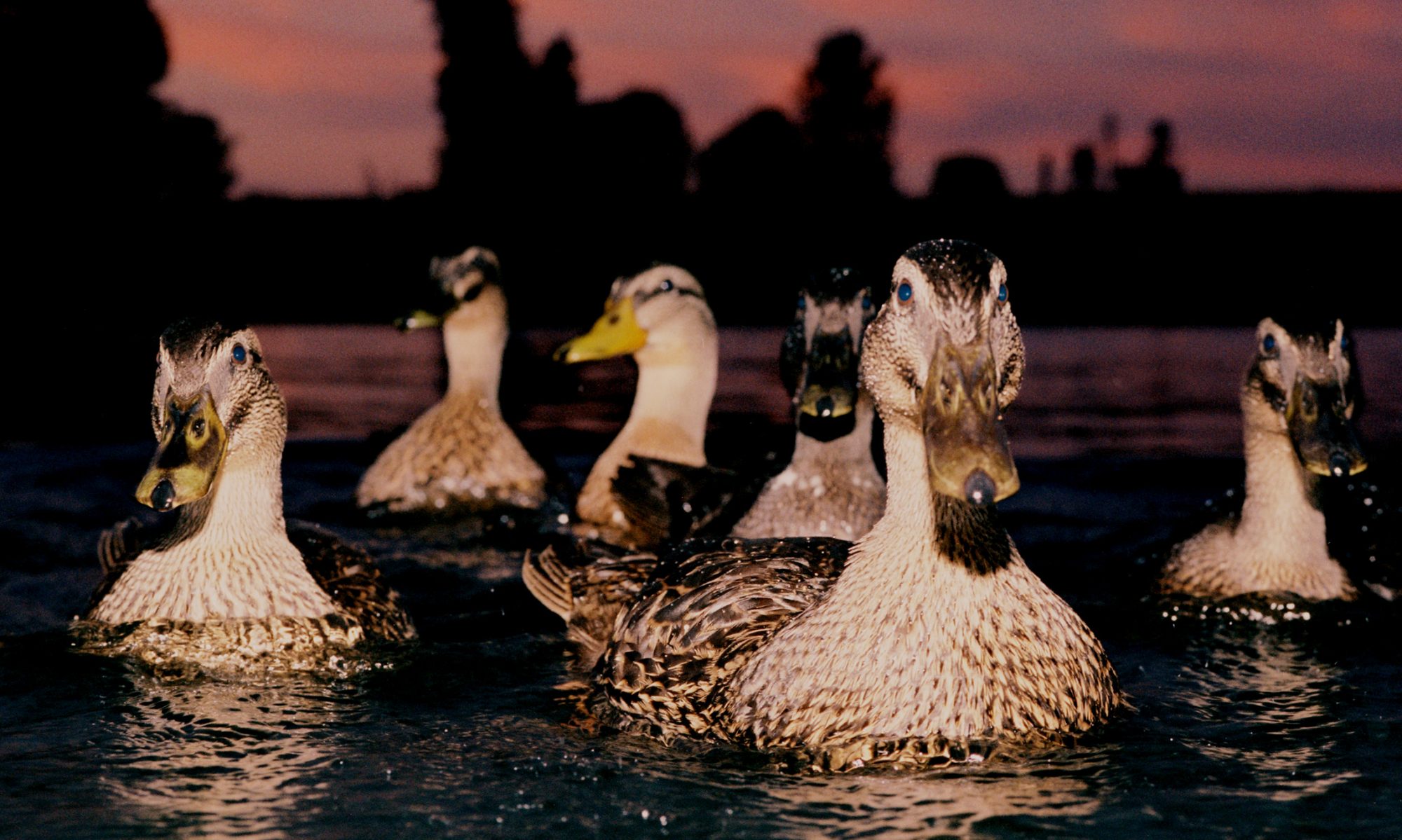Last Sunday Janet spotted something odd way out in the middle of the lake. Upon investigation we found a Great Egret floating in the water, apparently dead. But his head was just a little bit to upright, so she reached over and picked him up. He was alive, but just barely.
We pedaled quickly back to the truck then drove down to Project Wildlife with Janet wrapping him in towels and sweaters and herself, trying to warm him up. By the time we got there his breathing was more normal and he was moving a little bit. Project Wildlife did triage then transferred him to Sea World for rehab. Kim, at Sea World, told me that he appeared to have suffered an impact – and I remember seeing a very fast speedboat go by shortly before we found him. He was probably stunned, shocked, and hypothermic when we found him.
Rehab went better than expected and he was ready to release today. We met Jonathan, the rehabber, at Lake Hodges and he let Janet do the honors. The video tells the rest of the story.
It is difficult to rescue birds and we have a low success rate. That’s why our main objective is prevention. But it sure feels good to have a success when we can’t prevent the injury.
By the way, we did walk the beach and picked up a bunch of fishing line right there before releasing him. Had to be sure and give him the best possible chance.
